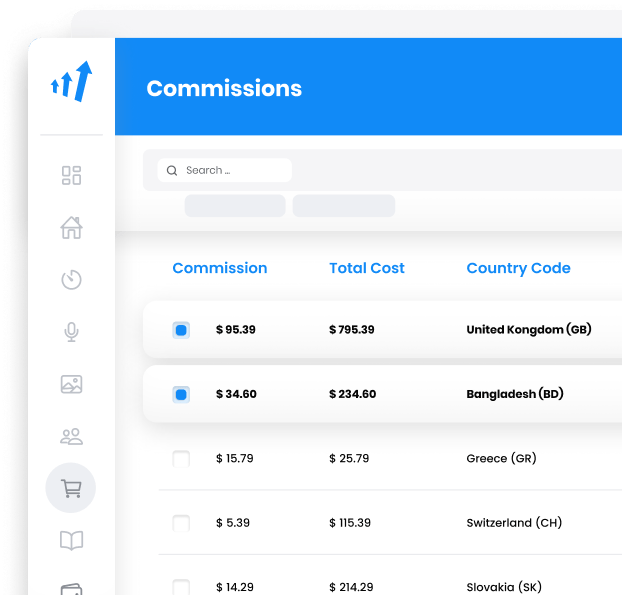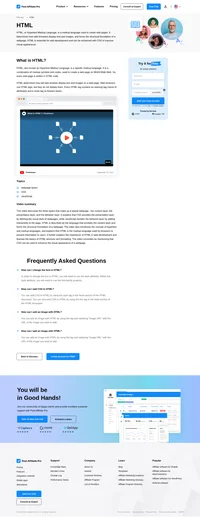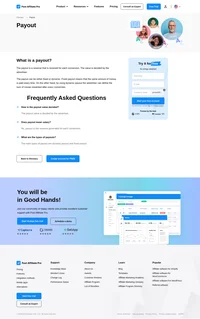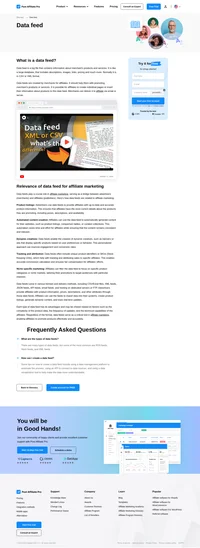What is SMS billing flow?
SMS Billing Flow is a modern payment method that allows businesses to collect payments via SMS (Short Message Service). This process leverages the SMS functionality of mobile phones to execute payment transactions, providing customers with a straightforward way to pay for products or services directly through text messages. This method has seen significant adoption across various industries, notably in affiliate marketing, where it acts as an effective tool to enhance conversion rates and simplify payment processes.
The Significance of SMS Billing in Business and Marketing
SMS Billing is gaining popularity due to its ability to streamline the payment process. As businesses aim for faster transaction times and improved customer experiences, SMS billing provides a solution that minimizes the complexity of traditional payment methods. Mobile payments, including SMS billing, have become crucial in today’s fast-paced economy, where convenience and speed are paramount. The growth of mobile payment solutions reflects a broader trend towards mobile-first customer engagement strategies, which businesses are increasingly embracing to meet consumer expectations.

Core Components of SMS Billing Flow
1. Phone Number
The mobile phone number is the cornerstone of SMS billing, serving as a unique customer identifier throughout the billing process. Customers typically provide their phone numbers on a landing page to receive billing instructions or a payment link, allowing businesses to track and manage transactions effectively.
2. Payment Processing
Payment processing within SMS billing involves managing financial transactions initiated through SMS. This can involve redirecting customers to a secure payment gateway via a link sent through a text message or processing the payment directly through the mobile operator, where the charge is added to the customer’s phone bill. This flexibility makes SMS billing a versatile option for businesses looking to offer multiple payment methods.
3. SMS Text Message
The SMS text message serves as the primary communication channel in SMS billing. It may contain billing details, payment links, or instructions for payment confirmation, making it an efficient tool for reaching customers and facilitating quick transactions. The ubiquity and simplicity of SMS make it an ideal medium for engaging with a broad audience.
4. Mobile Payment
Mobile payment in the context of SMS billing refers to the transaction process conducted using a mobile device. It involves using SMS to initiate and confirm payments, offering a convenient option for customers who prefer using their mobile phones for financial transactions. This method aligns well with the growing consumer preference for mobile-first solutions.
5. Payment Link Message
A payment link message is a type of SMS that includes a URL directing the customer to a secure payment page. This approach facilitates payment by allowing customers to click the link and complete the transaction online, enhancing the user experience by combining the ease of SMS with the security of online payments.
6. Mobile Number
The mobile number is a crucial component in SMS billing, acting as the customer’s unique identifier. It is used to send and receive payment-related messages and confirmations, ensuring the smooth execution of the billing process.
7. Messaging Service
The messaging service refers to the platform or provider responsible for sending and receiving SMS messages. These services guarantee the secure and efficient delivery of billing messages to customers, playing a vital role in the overall success of SMS billing.
Types of SMS Billing Flows
Mobile Originated (MO) Flow
In a Mobile Originated (MO) Flow, the customer initiates the payment by sending a text message. This could involve sending a specific keyword to a designated short code, which triggers the billing process. This flow empowers customers to take the first step in the payment process, often leading to higher engagement and conversion rates.
Mobile Terminated (MT) Flow
Conversely, the Mobile Terminated (MT) Flow involves the customer receiving a text message containing a PIN or a link to confirm the payment. The transaction is completed once the customer follows the instructions in the message, providing a seamless and secure payment experience.
Handshake MT Flow
The Handshake MT Flow introduces a two-step process where the customer receives a message and must reply to confirm the transaction. This flow ensures both parties are actively engaged in the transaction process, adding an additional layer of security and trust.
MSISDN Flow
The MSISDN (Mobile Station International Subscriber Directory Number) Flow uses the customer’s mobile number for identification and transaction purposes. By integrating the mobile number directly into the billing flow, this method simplifies the process for the customer, enhancing the overall user experience.
Benefits of SMS Billing Flow
- Convenience: SMS billing enables customers to complete transactions using their mobile phones without needing internet access or a bank account, making it accessible to a wider audience.
- Speed: Payments are processed quickly, often in real-time, which benefits both the customer and the business by reducing transaction times and improving cash flow.
- Security: SMS billing can leverage the security features of mobile networks, such as authentication and encryption, to protect transactions, providing peace of mind to both parties.
- Accessibility: It expands payment options for customers globally, including those in regions with limited banking infrastructure, by utilizing the widespread adoption of mobile phones.
SMS Billing in Affiliate Marketing
In the realm of affiliate marketing, SMS billing is leveraged to boost conversion rates by offering an easy and direct payment method. Affiliates can integrate SMS billing into their campaigns to provide customers with a seamless payment experience, increasing the likelihood of completing a sale and ensuring affiliates receive commissions efficiently.
Integration with Affiliate Software
Affiliate software platforms often incorporate SMS billing as part of their payment solutions. This integration enables affiliates to track and manage payments effectively, ensuring timely and accurate commission payouts.
SMS Billing Offers in Affiliate Marketing
SMS billing is frequently included in mobile content offers or mVAS (Mobile Value-Added Services) in affiliate marketing. These offers can encompass subscriptions to digital content, services, or other products that require recurring payments, providing affiliates with recurring revenue opportunities.
Challenges and Considerations
Technical Infrastructure: Implementing SMS billing requires a robust technical infrastructure to handle message delivery, payment processing, and customer support efficiently, ensuring a smooth user experience.
Regulatory Compliance: Businesses must adhere to local regulations regarding SMS billing, including consent and data protection laws, to avoid legal issues and maintain customer trust.
Customer Trust: Building trust is essential, as customers need assurance that their transactions are secure and their data is protected, particularly in mobile payment environments.
Frequently Asked Questions
How does sms billing work?
SMS billing is a type of mobile payment that allows customers to make payments for goods and services by sending an SMS text message from their mobile phone
How can I set up SMS billing?
In order to set up SMS billing, you need to contact an SMS payment provider.
Discover the convenience of direct billing flow with Post Affiliate Pro, where transactions are made seamlessly through MSISDN identification, allowing mobile users to pay directly from their phone balance. Ideal for all mobile devices, this feature simplifies billing for effortless payment experiences.
Discover the power of data feeds in affiliate marketing with Post Affiliate Pro. Learn how merchants provide affiliates with up-to-date product information in formats like CSV or XML, enabling automated content creation, dynamic creatives, and precise tracking. Explore how data feeds enhance niche marketing and ensure accurate commission attribution, essential for successful affiliate promotions.
Discover the rapidly growing world of mobile affiliate marketing on Post Affiliate Pro. Learn how affiliates earn commissions through mobile devices using SMS, in-app ads, and social media. Explore profitable strategies, low competition, and innovative methods like TikTok and Facebook groups to make money using only your phone. Unlock the potential of mobile traffic today!










